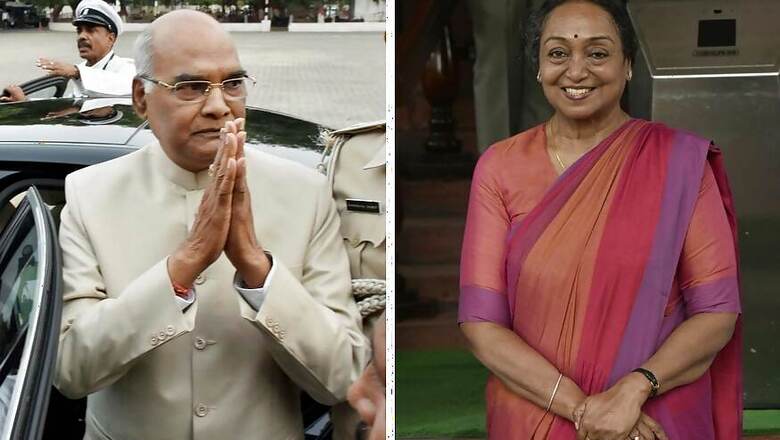
views
New Delhi: The race to Rashtrapati Bhawan will come to a close on Monday as legislators get set to cast their vote for India’s next President. Amidst a high-stakes battle for the erstwhile Viceregal Lodge, one thing is certain – India’s next President will be a Dalit. But how does the battle shape up? Will Ram Nath Kovind, the ruling party’s nominee, cruise to a comfortable victory or is Meira Kumar, the joint opposition nominee, more than just a “token candidate”?
What is the Electoral College?
India is a republic, in that the head of state – the President – is indirectly elected by the people. During the general elections, the people directly elect Members of Parliament (MPs) and Members of Legislative Assembly (MLAs). These elected legislators form what is known as the ‘Electoral College’.
The Electoral College comprises of 543 Lok Sabha MPs, 233 Rajya Sabha MPs and 4,120 MLAs from 29 states and two Union Territories (Delhi and Puducherry).
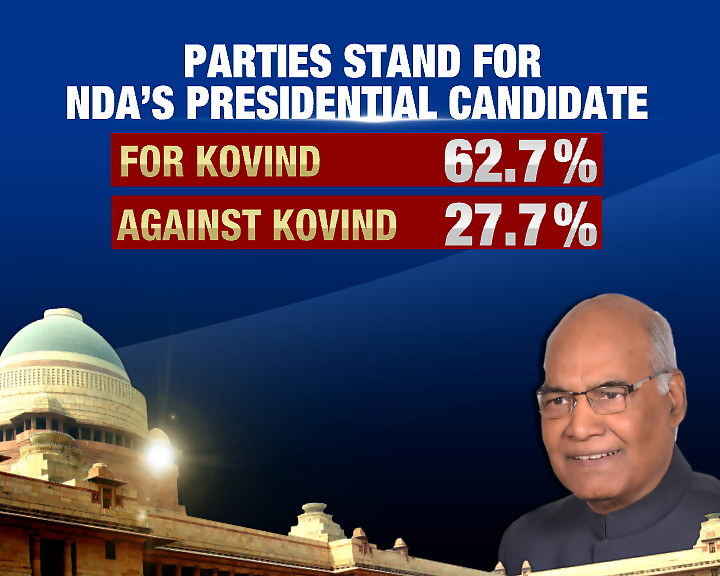
What is the value of each vote? Why does UP get more votes than Sikkim?
While the Electoral College has a total of 4,896 electors, the value of each vote is different. This is done on a state-wise basis to ensure that state’s with larger population get a higher weightage in terms of votes.
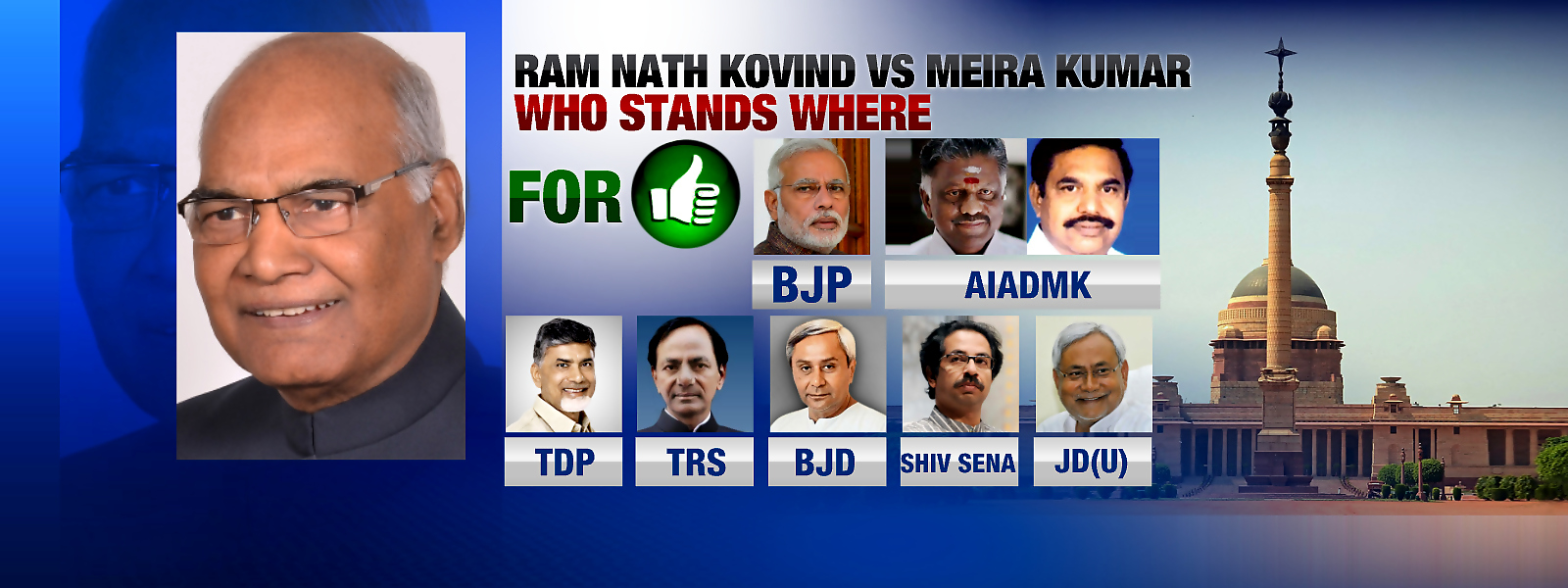
The value of each MLA’s vote is:
The population of the state (as per the 1971 census) divided by the number of MLAs X 1000.
For example, the population of Uttar Pradesh in 1971 was 83,849,905 and the number of MLAs in the state is 403. The value of 83,849,905 divided by 4,03,000 (403 X 1000) is 208.06. Rounded off to the nearest number, the value of each UP MLA’s vote is 208 votes.
Sikkim, on the other hand, had a population of 209,843 and has a total of 32 MLAs in the state assembly. 209,843 divided by 32,000 (32X 1000) is 6.5. Rounded off to the nearest number, the value of each Sikkim MLA’s vote is 7 votes.
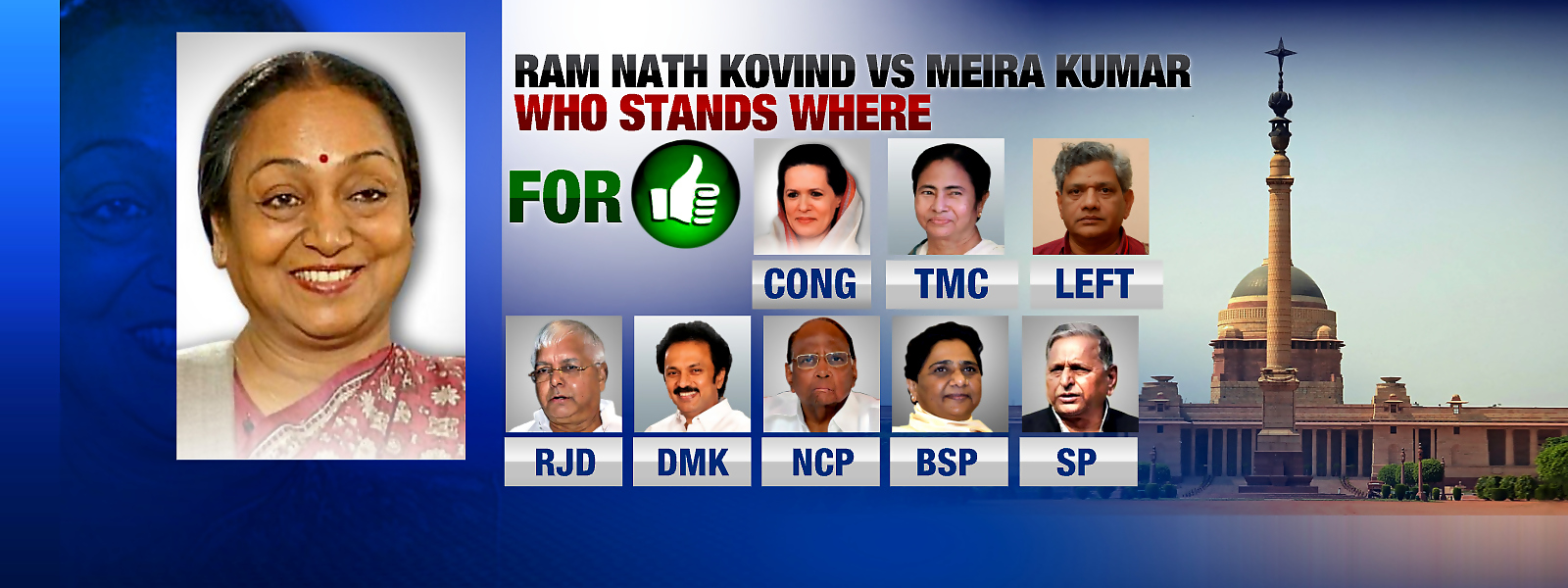
The value of all he MLAs’ votes combined is 549,495.
Calculating the value of an MP’s vote, however, is much simpler. It is the value of the value of all MLAs’ votes (549,495) divided by the total number of MPs (776). By this method, the value of each MPs vote is 708.
So, who gets to be President?
With 549,495 MLA votes and 549,408 MP votes, the total number of votes cast in the Presidential election is 1,098,903. The candidate who crosses the halfway mark (50%) with 549,542 votes from the Electoral College will become India’s next President.
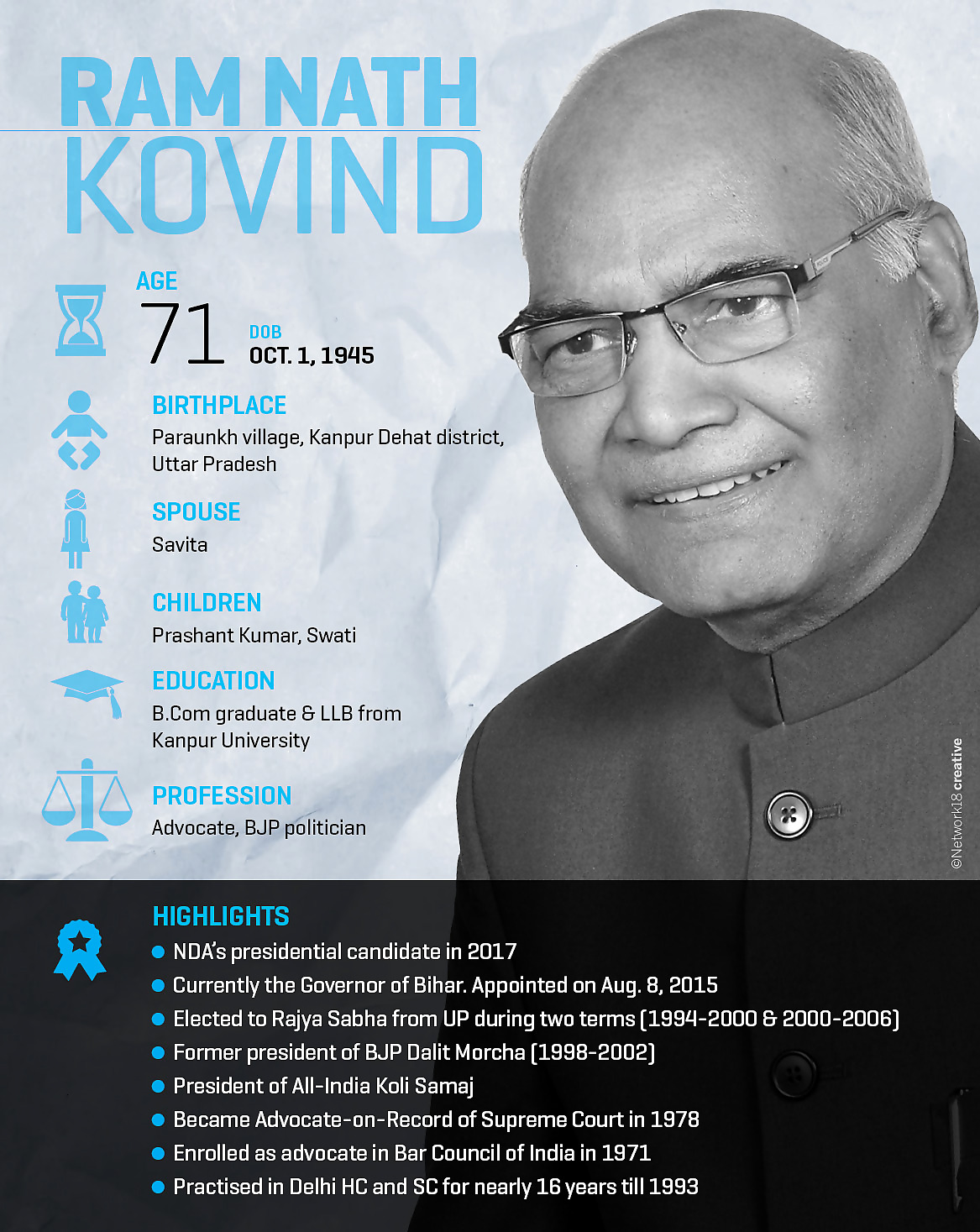
Where does that leave the candidates?
The way things stand; the numbers don’t look too good for Meira Kumar. Given the parties that have announced their support for Ram Nath Kovind, the NDA nominee should not have much trouble sailing past the halfway mark. The BJP alone makes up for 40% of the Electoral College. With AIADMK (5.4%), BJD (3%), TDP (2.8%), Shiv Sena (2.3%), TRS (2%), JD (U) (1.9%), YSRC (1.5%), SAD (0.6%), PDP (0.4%), LJP (0.4%) and SP (2.4%), the number for Kovind stands at 62.7%.
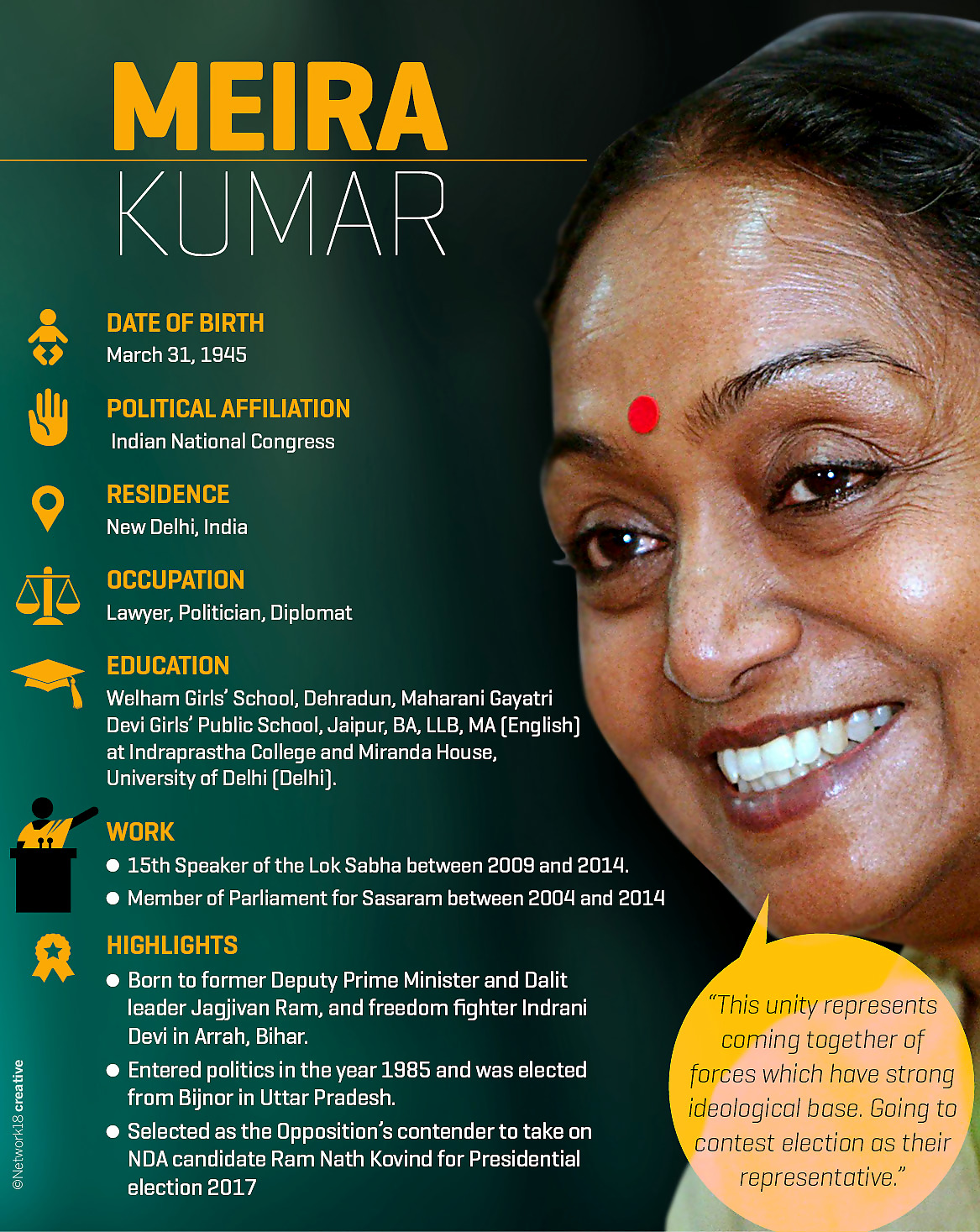
Kumar, on the other hand, has the explicit support of only 27.7% of the Electoral College. So far, the Congress (14.6%), TMC (5.8%) Left front (3%), RJD (1.7%), DMK (1.7%), BSP (0.7%) and NC (0.2%) have openly supported the joint opposition candidate. On Friday, the Arvind Kejriwal-led Aam Aadmi Party (AAP) also threw in its hat for Kumar but with less than 1% of the vote in its kitty, the AAP will do little to help Meira Kumar past the halfway mark.



















Comments
0 comment